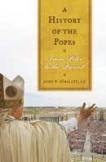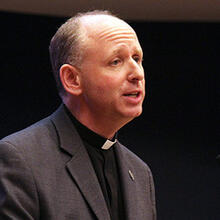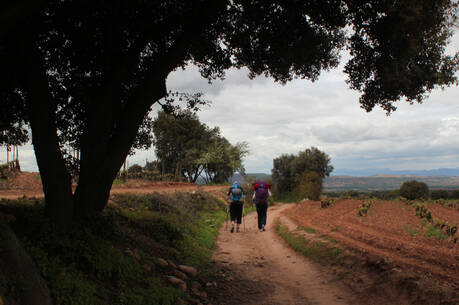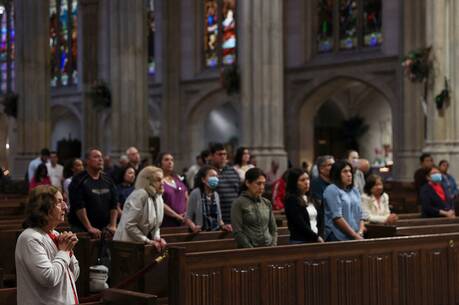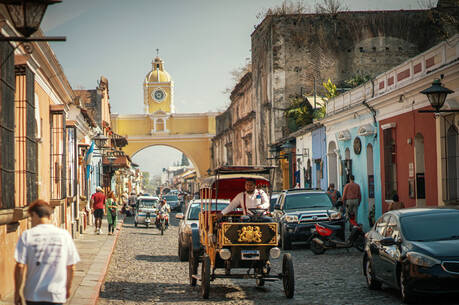After Peter
It has been said that church historians keep theologians honest. If this is true, then John W. O’Malley, S.J., has rendered them (and us) an outstanding service, for his book reveals that any theology of the papacy must be based on a well-grounded and scrupulously honest history of the development of the Petrine office. And in serving up this kind of hard-nosed history of so many saints and sinners, O’Malley surely does not disappoint.
Given the breadth of his topic, O’Malley necessarily maintains a brisk pace but frequently slows down to dwell on a particularly interesting pope. Pope St. Gregory the Great (590-604) receives a whole chapter because of his innovative and effective leadership during a period of almost complete collapse of civil government in Rome. Because of this, O’Malley believes that Gregory may have been the “most successful and respected pope of all times.” By contrast, the story of Stephen VI illustrates that the barque of Peter has not always been so ably steered. It was Stephen (896-97) who exhumed the body of his predecessor Formosus for the infamous cadaver trial. Not surprisingly, the corpse did not mount a strong self-defense, so Stephen had the three fingers of its right hand hacked off before throwing the rest of the remains into the Tiber.
O’Malley includes other relatively small details that are more significant than they might seem at first glance. For example, when John VIII (872-82) heard that Methodius (he and his brother Cyril were the great apostles to the Slavs) was singing the liturgy “in a barbaric tongue,” he called him to Rome. After speaking with Methodius, John approved this novel method of evangelization and said: “He who made three languages—Hebrew, Greek, and Roman—also made other languages to sing his praise and glory.” Unfortunately, 18th-century popes, notably Clement XI (1700-21), seemed blissfully unaware of this precedent when they condemned some of the liturgical innovations made by Jesuit missionaries during the Chinese Rites Controversy in their attempt to evangelize in the Far East.
O’Malley’s treatment of the medieval popes is consistently clear and engaging, but he really hits his stride when he reaches the popes of the early modern period, his own area of specialization. He is too honest to conceal the moral bankruptcy of some of the Renaissance popes, but his popes always remain complex human beings who often embody both the saint and sinner. Take Paul III, for example. As a young man and a cardinal, Alessandro Farnese fathered several illegitimate children, but he eventually experienced a religious conversion and changed his ways. During his pontificate (1534-49), he not only convoked the Council of Trent but he also approved the constitutions of the Jesuits and the Ursulines (one of the earliest groups of active women religious in the church). The founding of groups such as these were surely not Paul’s initiative, but as O’Malley points out, Paul certainly “deserves credit for seeing them as helpmates and not as threats.” Sometimes the best thing a pope can do is simply not get in the way of the Holy Spirit.
As O’Malley moves toward the modern era, his story becomes even more interesting. Here the reader can appreciate the extent to which the functioning of the papacy today is rooted in the office’s history and development during the previous two centuries. Ironically, as the popes lost more and more of their temporal power, they came to claim more religious and ecclesiastical authority. The Code of Canon Law of 1917, for example, gave the pope sole authority to appoint all the bishops of the world. Before this, the nomination process varied greatly and often included many voices. Today some argue that papal authority in this area is rooted in the office’s very origins and so is absolute. It is the church historian’s job to point out that this has not always been the case.
O’Malley’s judgment of the more recent popes is a bit more tentative. And in tying his whole book together, O’Malley reminds his readers that while the papacy may be the oldest living institution in the Western world, its day-to-day functioning in 2010 may owe far more to the Ultramontatist spirit of the 19th century than to the office that Peter and the early popes once held.
This book does not aim at supplanting lengthier histories. It stands on its own merits as a fine example of a successful synthesis of a vast and complicated topic. And its publication is just one more reason O’Malley rightly deserves the title of dean of American Catholic church historians. His ability to synthesize a notoriously controversial topic in an authoritative fashion and without polemic recalls the similar ability of the recently deceased Louvain church historian Roger Aubert. O’Malley demonstrated a similar gift for lucid and perceptive synthesis in What Happened at Vatican II, which enabled the reader to see the forest as well as the trees at the council. With this study, he performs a similar service for the papacy, although some professional Vatican bureaucrats may not appreciate the effort.
This article also appeared in print, under the headline “After Peter,” in the March 1, 2010, issue.


